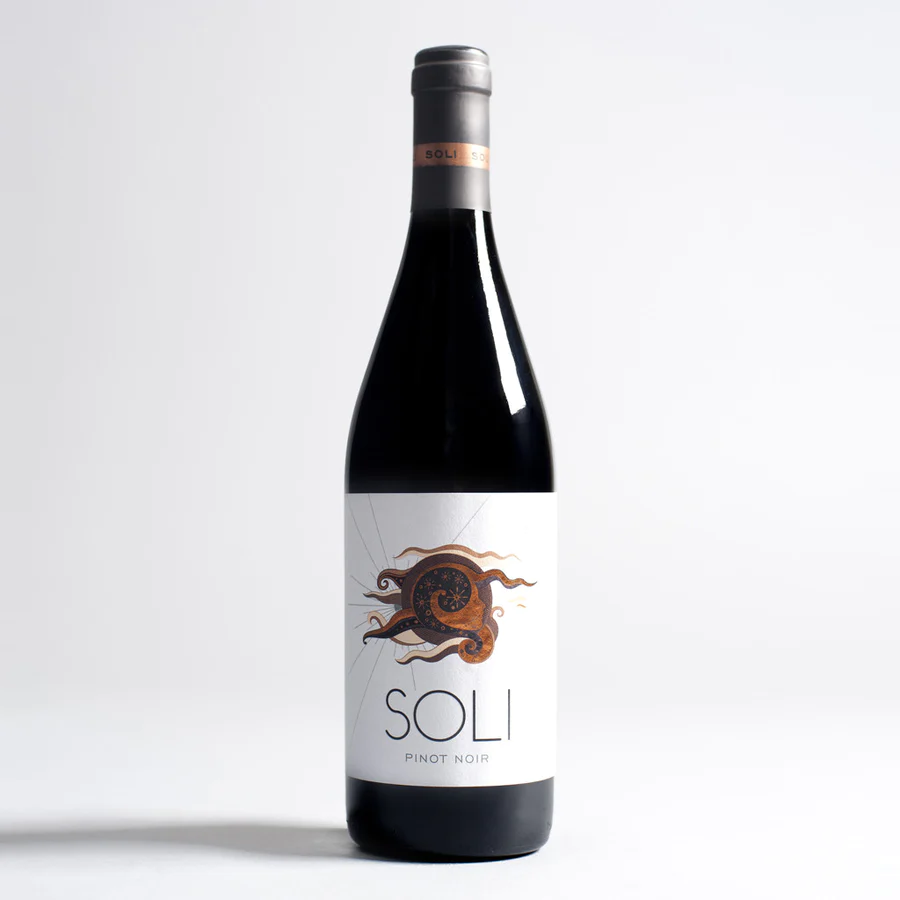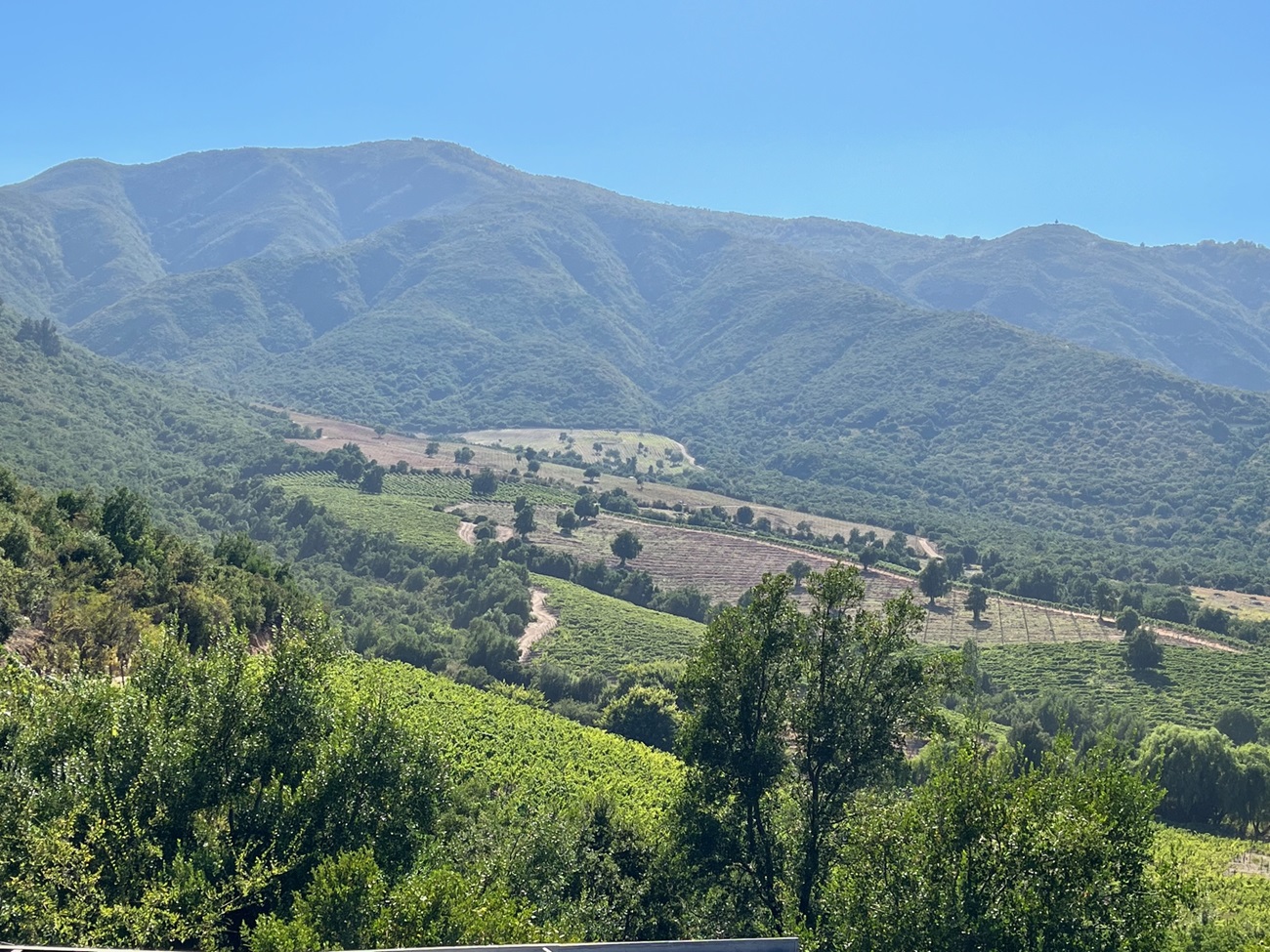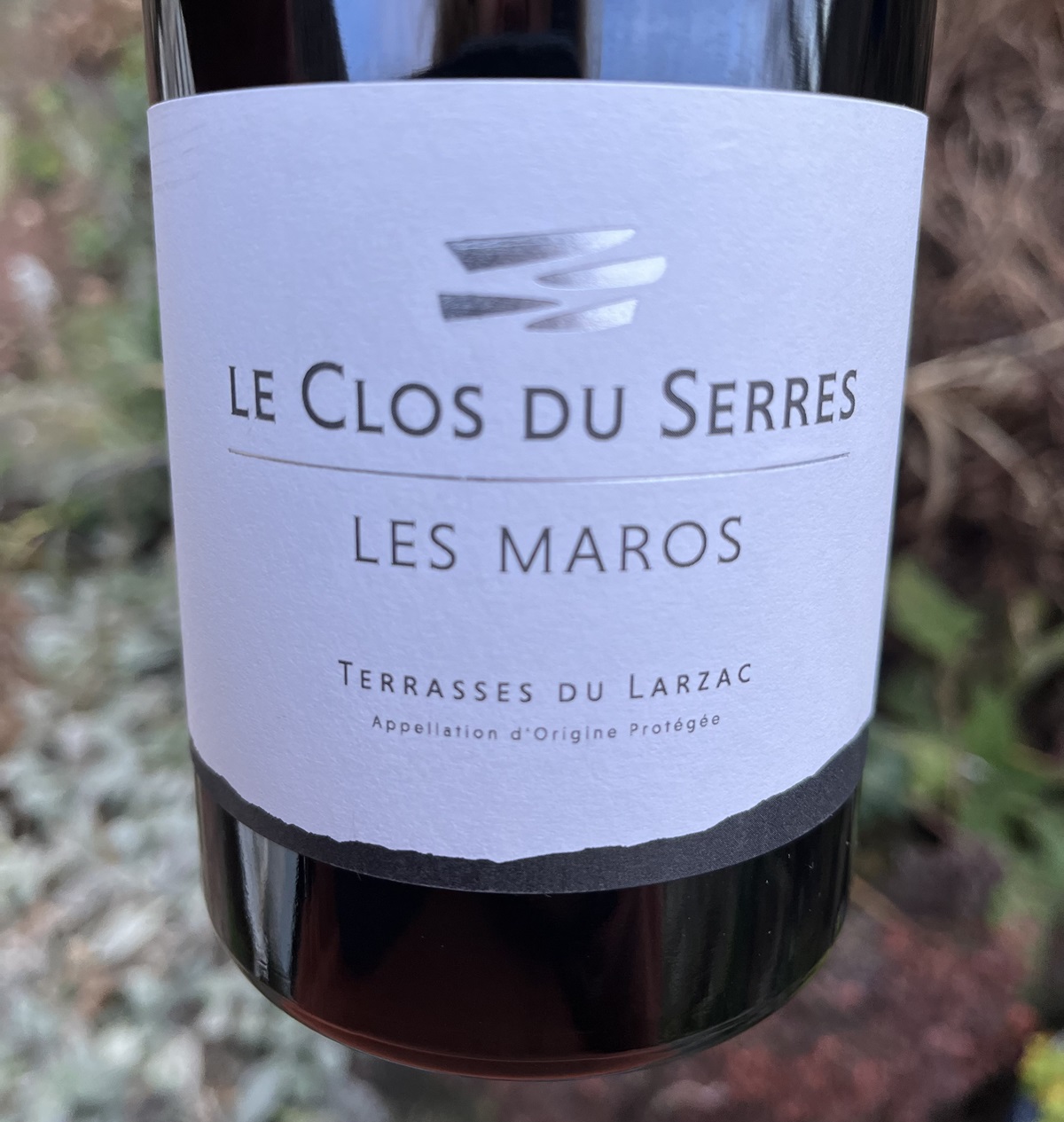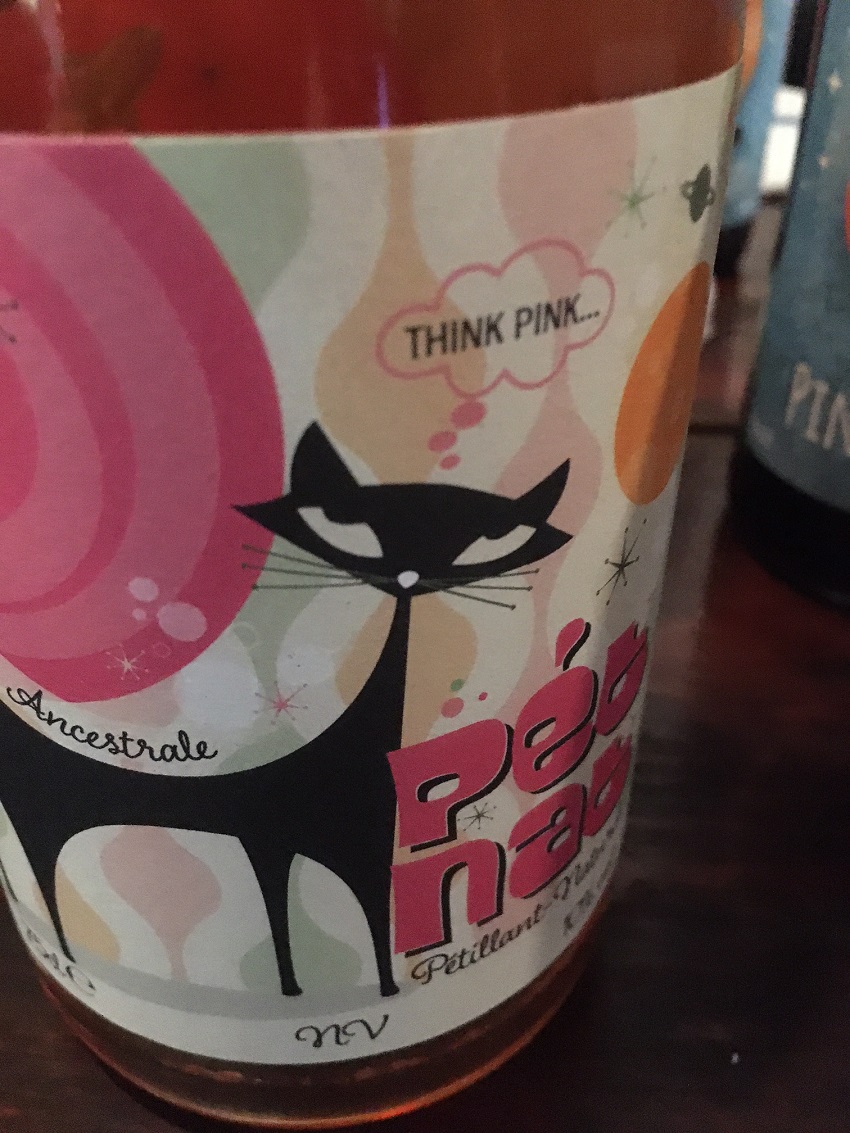PINOT NOIR AROUND THE WORLD

“Pinot Noir captivates us, and its best examples transcend mere taste and flavour and let us glimpse something almost divine”.
This is the verdict of Anne Krebiehl MW author of a handy pocket-sized new monograph ‘Pinot Noir around the World’ (£9.99 published by The International Wine & Food Society).
In the first chapter German-born Krebiehl tries to pin down what haunting ‘Pinotness’ really is, that so many drinkers worldwide love so much. Ultimately she concludes that “it excels when it has to struggle…and it expresses what other wines cannot, something profound that is a link to a particular time and place”.
When it comes to Pinot Noir as a wine “there is something primordial in its perfume”, she says. “Earthy, eternal…and something that encapsulates both life and death in its autumnal shades of decay”. She compares the delicate texture of the tannins in Pinot Noir “as lush as velvet”, “likened to the textures of starched Atlas silk via silk satin to silk chiffon, as tender as a caress”.

Krebiehl (pictured above) sets the scene of this 2,000 year old grape, whose origin is ‘lost in the mists of time’ emerging in a cool temperate climate, its homeland Burgundy, where it was known as Morillon, Noirien and Auvernat until Pinot Noir’s first mention in early C14. By then it was revered as a superior quality grape, despite its limited ability to produce volume, as Pinot Noir has always been at its best when yields are restricted.
In each chapter she charts Pinot Noir’s progress with up-to-date planting figures (12,427 hectares now in Burgundy) and discusses the implications of climate change. She dismisses those in Burgundy who believe that delicate thin-skinned Pinot Noir’s days are numbered – confident that this grape has the capacity to adapt with new clones, new viticultural practices and drought-resistant rootstocks.
“Just over 30 years ago, in 1990, Pinot Noir was the world’s 30th most planted grape with 41,539 hectares”, she explains. By 2016 – in 25 years – plantings increased over 250% to over 100,000 hectares making it 10th most planted. It is now the most widely planted red grape in cooler and temperate regions across the world. In Germany, New Zealand and Switzerland, she reminds us, it is the most planted red grape.
In subsequent chapters, she charts Pinot Noir’s global success from other regions in France (Loire, Champagne, Languedoc and Alsace) to Germany, California, Oregon, New Zealand – and beyond. She includes quotations from growers, but does not list recommended Pinot Noir producers which would have been very useful – clearly space is limited in this little book.
Interestingly the region Krebiehl highlights as “one of the most exciting new Pinot Noir regions in France” is Alsace, where there has been an exciting renaissance thanks to warming temperatures and now the beginning of its inclusion into the Grand Cru system – now with an impressive 1,745 hectares in the region.
She focuses on the world’s third most planted country – her homeland Germany with 11,602 hectares of Pinot Noir – once dismissed with ridicule by leading critics like Robert Parker. Where now there has been a complete shift from quantity to quality with the second generation driving this quality ethos forward.
She devotes coverage to Italy and Switzerland, a little less to Austria – but sadly dismisses Eastern Europe as only supplying generic bulk Pinot Noir to supermarkets (although quality Pinot Noir from Eduardo Miroglio in Bulgaria and Bussay, Vylyan and Etyek Kuria from Hungary have all been available with UK wine merchants).
I enjoyed one of the final chapters describing Pinot Noir with food, a subject in keeping with the publisher’s (IWFS) ethos. With sommelier and winegrower suggestions from roast saddle of venison to bacon and pepper-scented lentil stew, turbot, seabass, salmon, beef and lamb. The best matches are from New Zealand grower Nigel Greening who matches Pinot with “foods of the earth, mushrooms, truffles and root vegetables” – and Domaine de l’Arlot in Burgundy: “Rattes potatoes grown in premier soil right next to the vines…slow roasted with thyme, rosemary and olive oil”.
The final technical chapter is on Pinot Noir’s genetic identity – a grape that is so old it now has hundreds of clones which thrive in marginal climates. She concludes that PN is a “cultural artefact…and the grape of often bloody-minded winemakers who are as much dreamers as they are pioneers”.
PINOT NOIR ON A BUDGET
Baden, Germany: SPATBURGUNDER 2020 Martin Wassmer
£15.50 The Wine Society
Best value German Pinot Noir on the market – this hails from Markgraferland between Black Forest and the Rhine; lightly spicy, rich juicy & beautifully made.
Thracian Valley, Bulgaria: SOLI PINOT NOIR 2020 Edoardo Miroglio
£15.25 L’Art du Vin; Butlers Wine Cellar
Proof that Bulgaria can make soft juicy elegant characterful and deliciously mellow Pinot Noir – made by an Italian in southern Bulgaria.

Alsace, France: PINOT NOIR RESERVE PERSONELLE 2018
£21.25 Yapp Bros
Alsatian Pinot used to be so lean – but now in a warm vintage in the right hands – like Leon Beyer – it can be ripe structured earthy and elegant.
Marlborough, New Zealand: ERADUS PINOT NOIR 2022
£19.50-£23 Corney & Barrow; Hic winemerchants; Vino Wines
From Awatere valley in southern Marlborough; ripe berried fruits, earthy notes and elegant silky soft palate
Leyda, Chile: THE SOCIETY’S CHILEAN PINOT NOIR 2021 Vina Undurraga
£8.95 The Wine Society
Loved its dark cherry fruits, smooth texture and easy drinkability – excellent value
Join Rose’s Alsace Winemaker Dinner with Olivier Humbrecht MW of Domaine Zind-Humbrecht at The Peat Inn, Fife on Thurs 7 Dec www.rosemurraybrown.com
By Rose Murray Brown MW Published in The Scotsman 23 September 2023
wine tastings
The perfect gift for the wine enthusiast in the family. Rose does In-person tastings too.
cellar advice
Rose does cellar valuations for private clients, valuations for insurers & bespoke portfolio management.
Related stories
February 25, 2024
Cabernet Sauvignon is the most planted grape in the world. The hero of Bordeaux in France, where it usually appears in a blend, it is also now grown in almost every wine growing country from Moldova to Greece. This popular grape originates from a cross between Cabernet Franc and Sauvignon Blanc. It is most prized for its low yields,
February 25, 2024
Within the massive sweep of vineyards across the Languedoc, one of the rising stars is undoubtedly the ruggedly beautiful appellation of ‘Terrasses du Larzac’, a name that was created as recently as the late 1990s. Ten years ago Terrasses du Larzac was a little known Languedoc Cru. It was then catapulted to fame in 2014 when it achieved its
January 13, 2024
2024 will be a year in which winemakers will be aiming to achieve increased sustainability in every aspect from planting to packaging and it will also be a year in which drought issues will be top priority as water becomes scarce in key wine regions. Alternative packaging is now a key topic when it comes to sustainability with wine



